The coming smartwatch revolution has stirred up the Swiss watch industry like nothing else, and its easy to see why. That little information space on your wrist has been mostly theirs for a century and all of a sudden Apple, Pebble and Samsung are muscling in, and already selling in the millions. However, we now know TAG Heuer is mounting a counterattack -it's even picked a name for its smartwatch.
It's a timely intervention. Many of the new consumers that smartwatches are bringing to market might otherwise be lost forever to the idea of a traditional watch. Who knows how many traditional watch-wearers might be lured away, too? Swiss watches have a fight on their hands.
It's not as if the writing hasn't been on the wall for a long time: connected watches have been in the offing for decades. I have on my desk a Swatch Beep from late 90s that functioned as a pager. You dialled its number and then one or more preset codes to send messages. So 102 meant “Call me” and 216, “I'll be late”, while for racier users there was 411, which meant, “You turn me on”. Amazingly enough, it didn't really catch on. Neither did the Timex Datalink, but the genie was out of the bottle.
Now the technology has caught up with the promise. It hardly matters that contemporary mechanical wristwatches benefit from a highly refined and effective technology that's been maturing for two centuries if the world decides that watches should be part of your connected persona.
The watch industry was never going to take the invasion by Californian and far Eastern tech firms lying down, however. It suffered massively by ignoring the threat of quartz watches in the 70s and 80s. Not this time.
Baselworld, the watch industry's somewhat more glamorous equivalent to Tech's CES in Las Vegas, saw the first of the Swiss responses, and of these, the most interesting by some distance was TAG Heuer's – though Frederique Constant deserve credit for having a real, working product to show.
This was for several reasons: TAG Heuer makes watches on a scale that competes in volume terms with Apple, and at an average price that Apple can have no serious ambitions to match. Also, where other brands are trying to make their own smartwatches, on rather vague timetables, TAG Heuer has called in Google and Intel to provide the electronics and software, putting the well established Android Wear OS in one of its casings. The most important reason: it'll be here as early as this autumn.
Sign up to the T3 newsletter for smarter living straight to your inbox
Get all the latest news, reviews, deals and buying guides on gorgeous tech, home and active products from the T3 experts
There is another reason TAG Heuer is likely to succeed where other Swiss marques struggle and that's its “Joker”: CEO Jean-Claude Biver.
TAG Heuer has a long history of pushing watchmaking's technological envelope, from marketing the first stop-watches able to record times down to 1/100th of a second in the early 20th century, through introducing one of the first self-winding chronographs in 1969 to being a pioneer in electronic timing – it designed a system for Ferrari's Formula 1 training base that soon became standard across the sport. TAG, indeed, is short for “Techniques d'Avant-Gardes”.
In recent years it's been pushing the limits of mechanical time-keeping both through using novel materials and through questioning the basic design of the technology, resulting in chronograph watches that can record time in 1/1000th of a second increments. If you're wondering why that matters, remember that a quartz watch costs a handful of dollars, while the mechanical versions find buyers willing to pay tens of thousands.
TAG knows how to innovate and knows how to package that innovation for the luxury market, a knowledge that Apple have tried to import through hires such as Angela Ahrendts.
TAG Heuer also knows that it needs to take the smartwatch challenge head on. It knows that you can jump off the train later, but if you miss it, it's gone. The threat isn't just lost sales at the volume end where TAG and Apple are competing in the same price bands, but the threat of lost future consumers as smartwatches become indispensable to the next generation.
To misquote Seiko's old advertising line, TAG Heuer fears that someday very soon, “all watches will be made this way.”
So, can TAG marry the future world of connected everything to traditional Swiss watch craft? In Jean-Claude Biver, it has one of the masters of marketing. By some distance the most charismatic, visionary and energetic character in the biz, Biver has a track record of knowing the right product for the market and the right way to get consumers interested. Spending time with him is like being in a Baptist revival meeting, so strong is his conviction.
Prior to TAG Heuer, Biver built strong businesses out of near moribund brands not once but twice. Firstly Blancpain, which was entirely dormant and later Hublot, which he transformed from niche player to luxury behemoth in three years. In between, Biver was responsible for injecting a much needed verve into Omega, bringing celebrities such as Cindy Crawford and George Clooney into the brand as well as the Bond film franchise. If anyone is going to get it right for TAG Heuer, it's Biver.
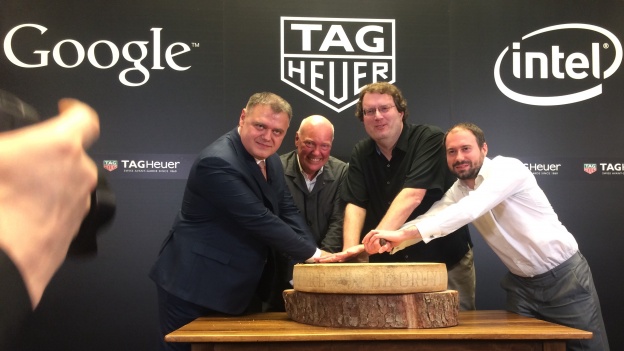
As announced at Baselworld to seriously bemused technology journalists who had never heard of him, Biver's TAG Heuer is pairing up with Intel to produce an Android Wear watch. I would assume this would mean hardware that is at least up to Apple's standard if not better. And with Android Wear already running on nearly a million devices, clearly the OS is sound. But in itself, that isn't enough – you would expect TAG to produce better looking watches than Samsung or LG – it's hardly difficult – but that wouldn't make them “luxury” enough to command the prices TAG Heuer will need to charge.
The strongest hint as to the difference between TAG's offering and the rest is that Biver has been vocal in his desire to avoid making watches that will be obsolete too quickly. The failure of Vertu to break out of its niche lay in the speed at which technology changes – beautifully engineered buttons were no consolation for outdated electronics – and that's a trap luxury brands can't afford to fall into.
This may be where TAG's bid to straddle the two worlds may struggle. Luxury watches have always been sold as items that last for generations. Can that be the case if the electronic parts of the watch are hopelessly out of date, even if the casing remains beautiful for 100 years? Perhaps it can find a way to allow the updating of its smartwatch's electronics, as you would with a PC. Perhaps.
There's another issue. Google has so far been very firm with brands about how Android Wear is to be used. Will it allow TAG Heuer to curate the Android Wear implementation? I am pretty sure TAG will want to create something more closed and directed than the typical stream of Google Now cards normally to be found. And assuming that voice is part of the offer, will TAG or its customers be overjoyed about having to say “OK Google” to the watch?
So perhaps the TAG smartwatch will be sold as a direct rival to the Apple Watch Edition and Gold Edition. Expensive, yet short-lived by watch standards.
One advantage that TAG Heuer does have over Apple, Samsung and the rest is its experience in exotic materials.
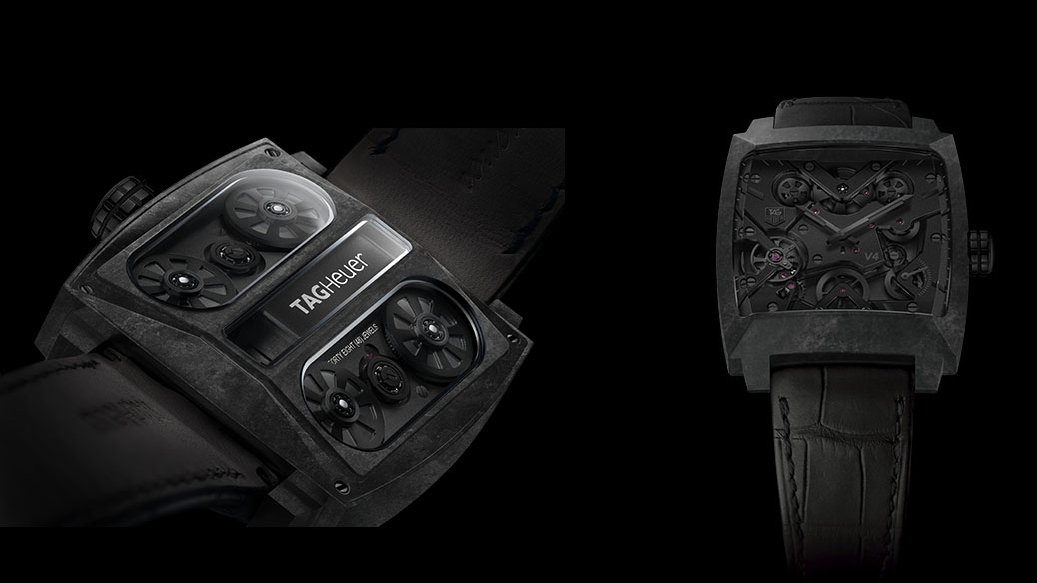
One of the real watches it showed in Basel was the Monaco V4 Phantom (watch brands have a way with names too) with a case made from “carbon matrix composite” and finished with a microblasting technique that gives it a particular matte appearance. Even the hands are treated with a titanium carbide coating. So if the upgrade problem can be overcome, the Swiss brands have the edge, through their ability to add value to a product that technology companies can't match.
I'd love to be able to make a confident prediction about how this will pan out, but I cannot. All I know is that Swiss watchmakers are going to fight back against smartwatches, and it will be a fight worth watching.
- Here's our round-up of the best Android Wear smartwatches
-
 5 things outdoors adventurers hate about Apple Watches before the Watch Ultra
5 things outdoors adventurers hate about Apple Watches before the Watch UltraApple Watch Ultra has a new look and additional features. Will it win over outdoorsy people?
By Pat Kinsella
-
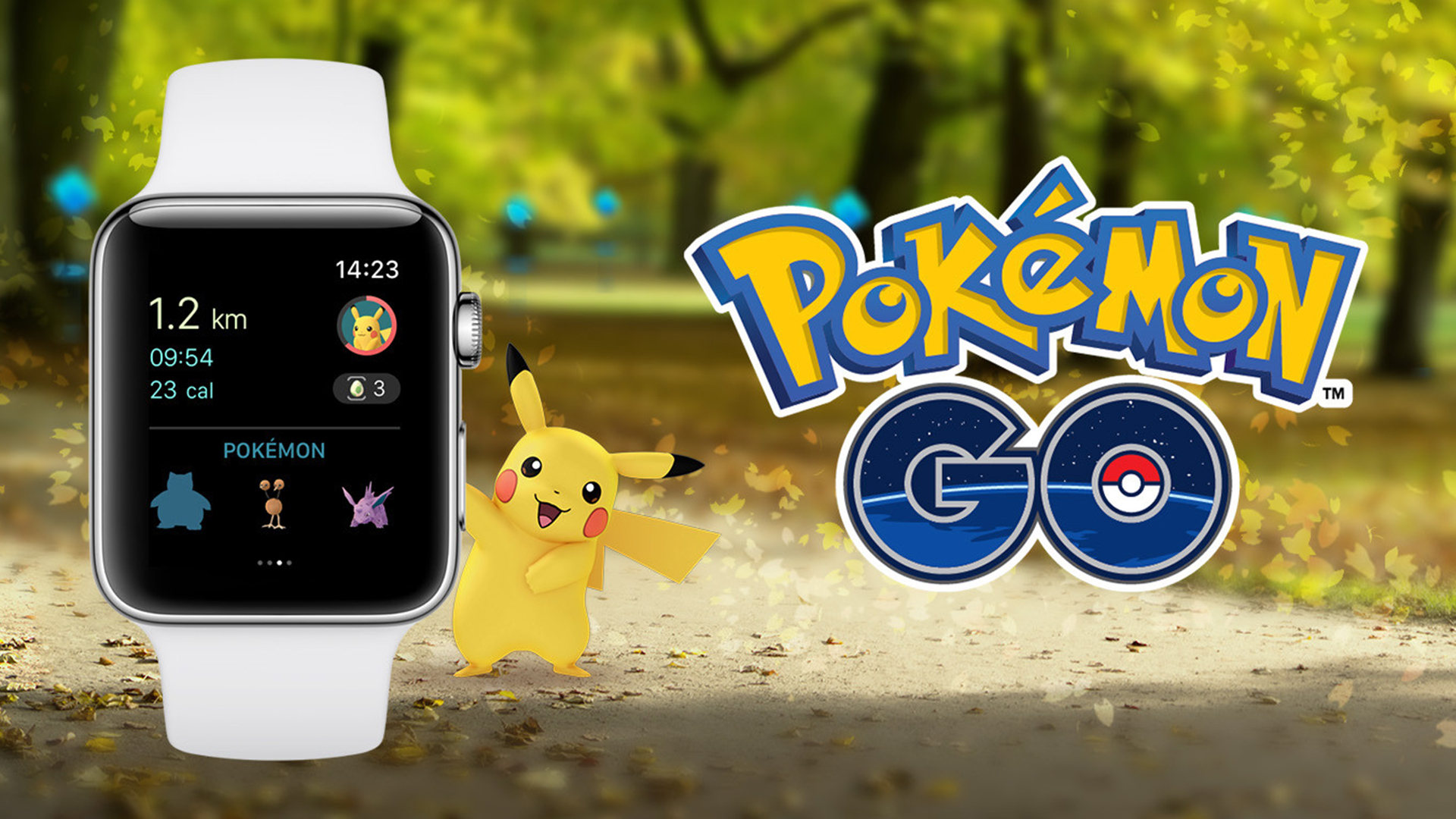 Pokémon Go is now on your Apple Watch, here’s what you can do
Pokémon Go is now on your Apple Watch, here’s what you can doCatch ‘em all using your wrist as a handy gaming assistant
By Luke Edwards
-
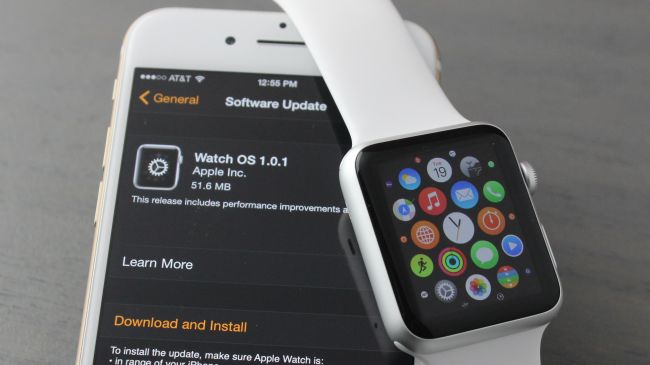 T3 Opinion: six months on from launch, the Apple Watch is perfectly nice. It's fine…
T3 Opinion: six months on from launch, the Apple Watch is perfectly nice. It's fine…Or, how I learned to stop worrying and quite like the Apple Watch
By Rory Buckeridge
-
 I've tested DS & Durga Brown Flowers – it's killer spring scent for everyone
I've tested DS & Durga Brown Flowers – it's killer spring scent for everyoneJust about the floweriest fragrance a fella could wear
By Sam Cross
-
 The 5 most efficient exercises for adding strength and size
The 5 most efficient exercises for adding strength and sizeExercise Scientist Dr. Mike Israetel says these are the lifts you should prioritise if you want to get jacked and strong
By Bryony Firth-Bernard
-
 I didn't expect this game to blow me away on PS5 Pro, but it looks unreal
I didn't expect this game to blow me away on PS5 Pro, but it looks unrealAssassin's Creed Shadows is a pleasant surprise
By Max Freeman-Mills
-
 All my tech devices have chatbots now – I'm not sure how to feel about AI
All my tech devices have chatbots now – I'm not sure how to feel about AIAren't we overcommitting a bit to AI here?
By Max Freeman-Mills
-
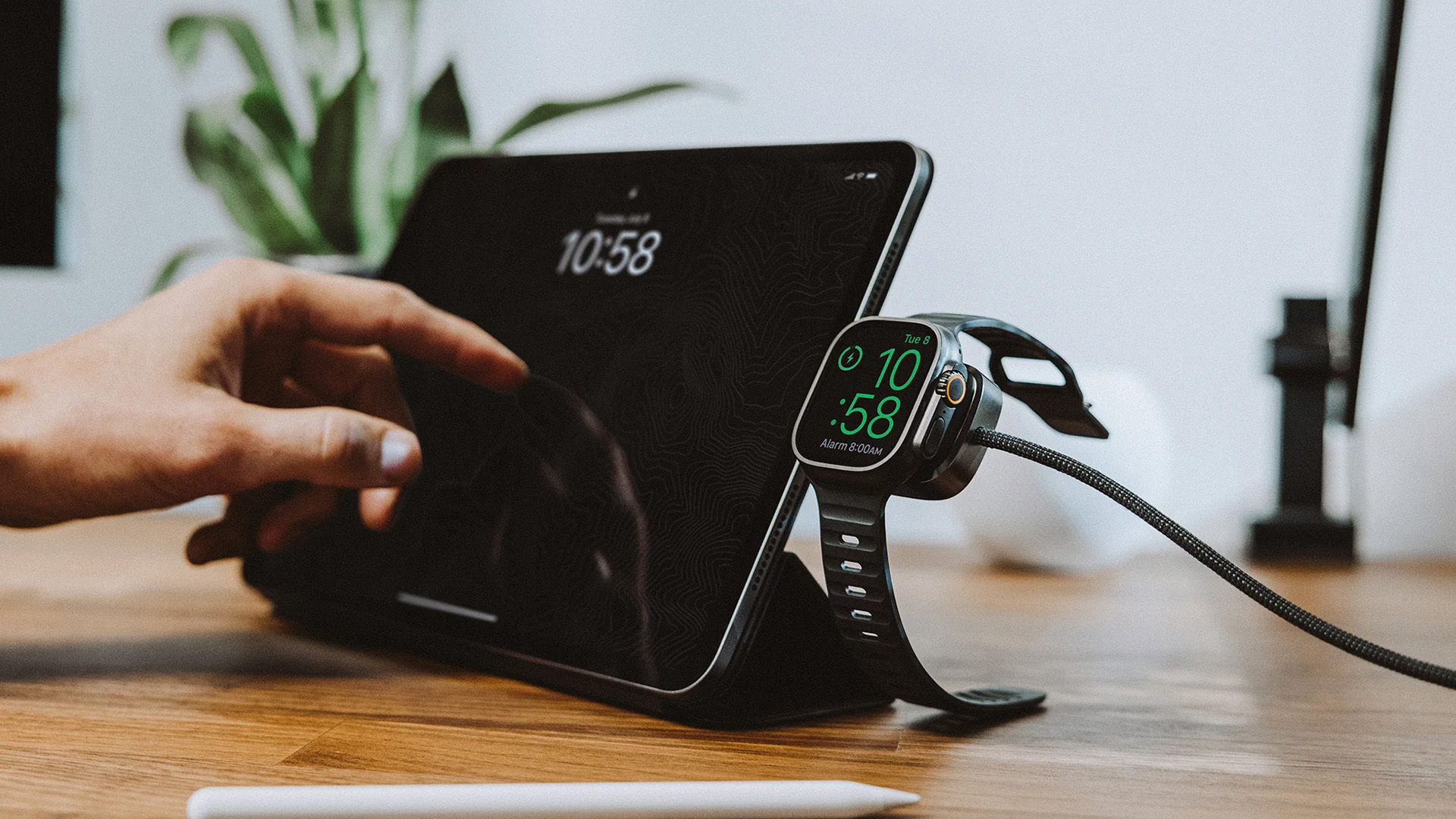 This Apple Watch cable can also charge your iPhone or even a Samsung Galaxy S25
This Apple Watch cable can also charge your iPhone or even a Samsung Galaxy S25This interesting cable from Nomad is perfect for Apple fans who travel
By Britta O'Boyle
-
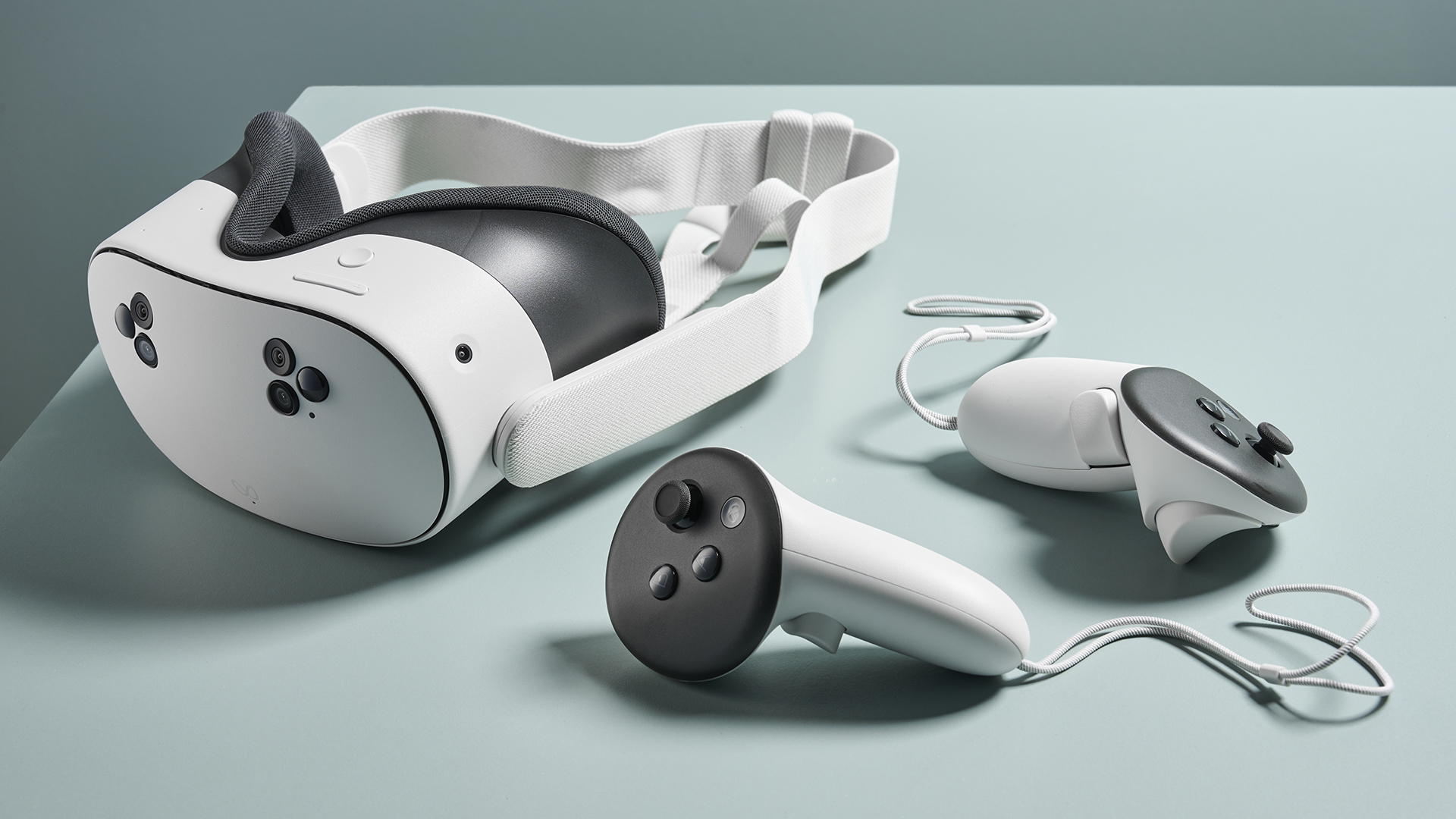 I've been a VR skeptic, but this surprising headset is winning me over
I've been a VR skeptic, but this surprising headset is winning me overThe Meta Quest 3S is a great jumping-in point
By Max Freeman-Mills
-
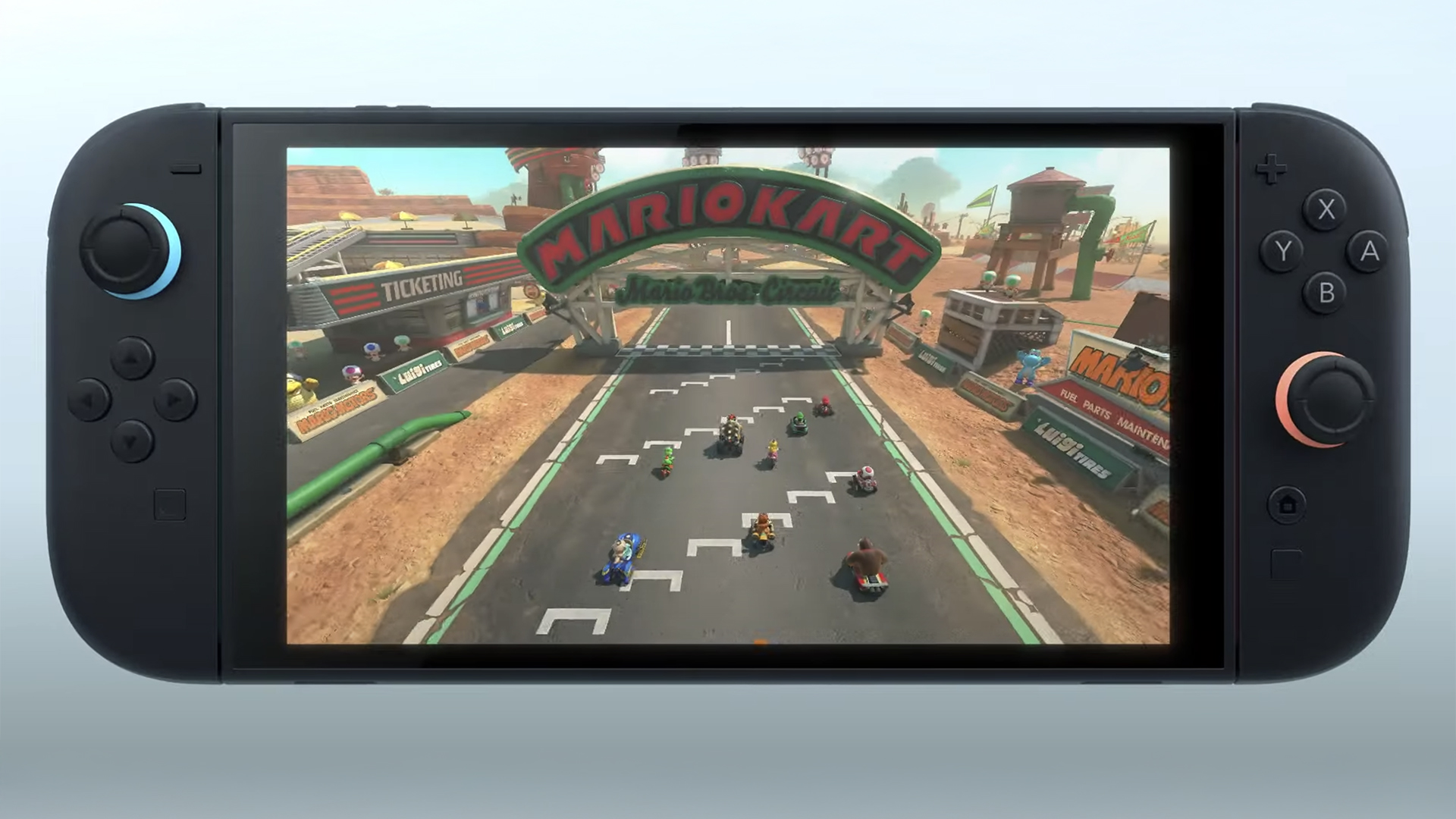 The Switch 2 could be the greatest console ever, thanks to one key detail
The Switch 2 could be the greatest console ever, thanks to one key detailThat back catalogue is going to be genuinely crazy
By Max Freeman-Mills
-
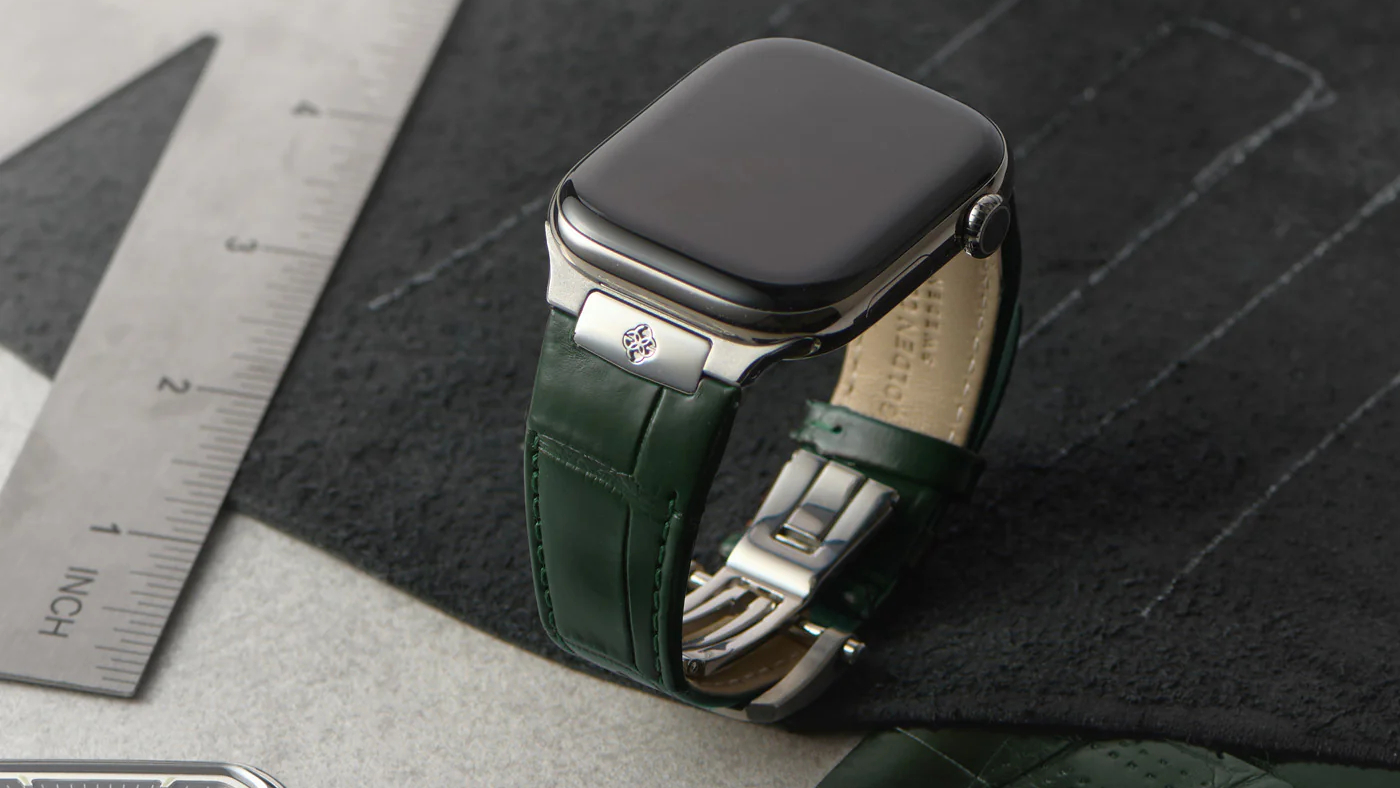 New Apple Watch accessory gives users a taste of luxury
New Apple Watch accessory gives users a taste of luxuryThis is the best treat you can give your Apple Watch
By Sam Cross
-
 A redesigned Apple Watch could arrive this year
A redesigned Apple Watch could arrive this year2025 looks to be the year the Apple Watch SE gets its biggest upgrade to date
By John McCann
-
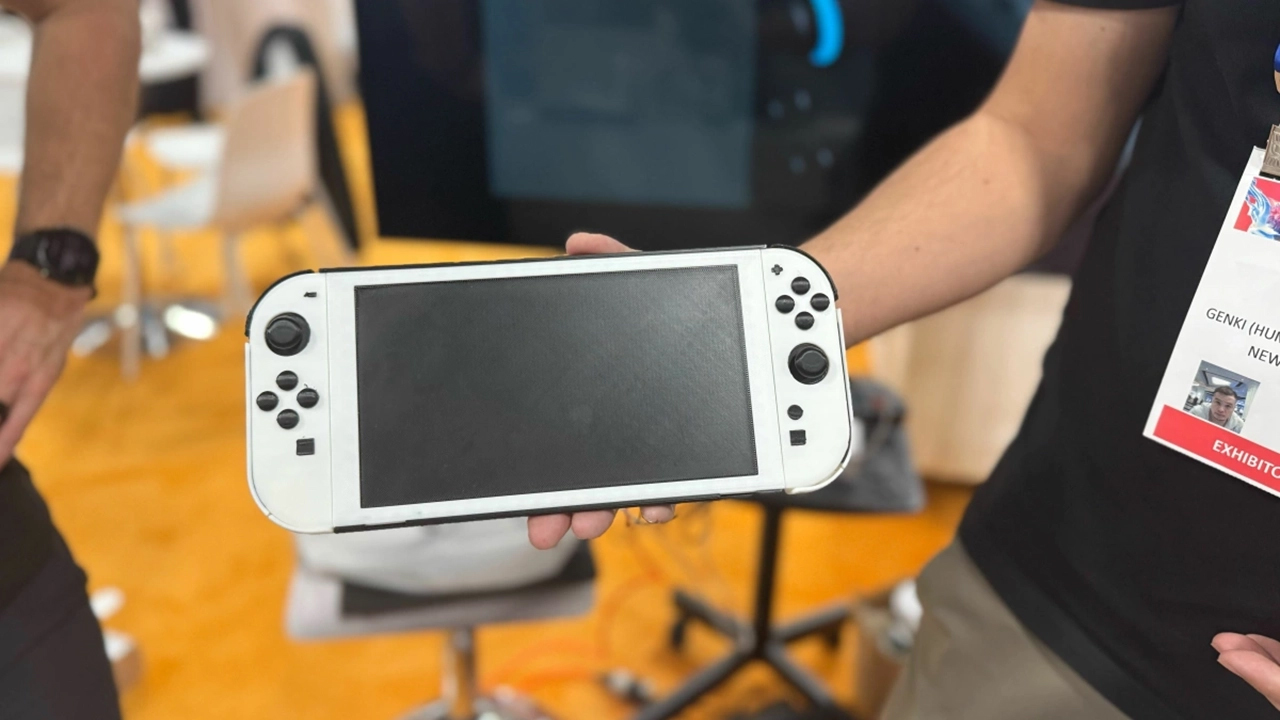 We've seen the Switch 2 in too much detail – its reveal needs to be amazing
We've seen the Switch 2 in too much detail – its reveal needs to be amazingNintendo's staying above the noise, but we need some big news
By Max Freeman-Mills